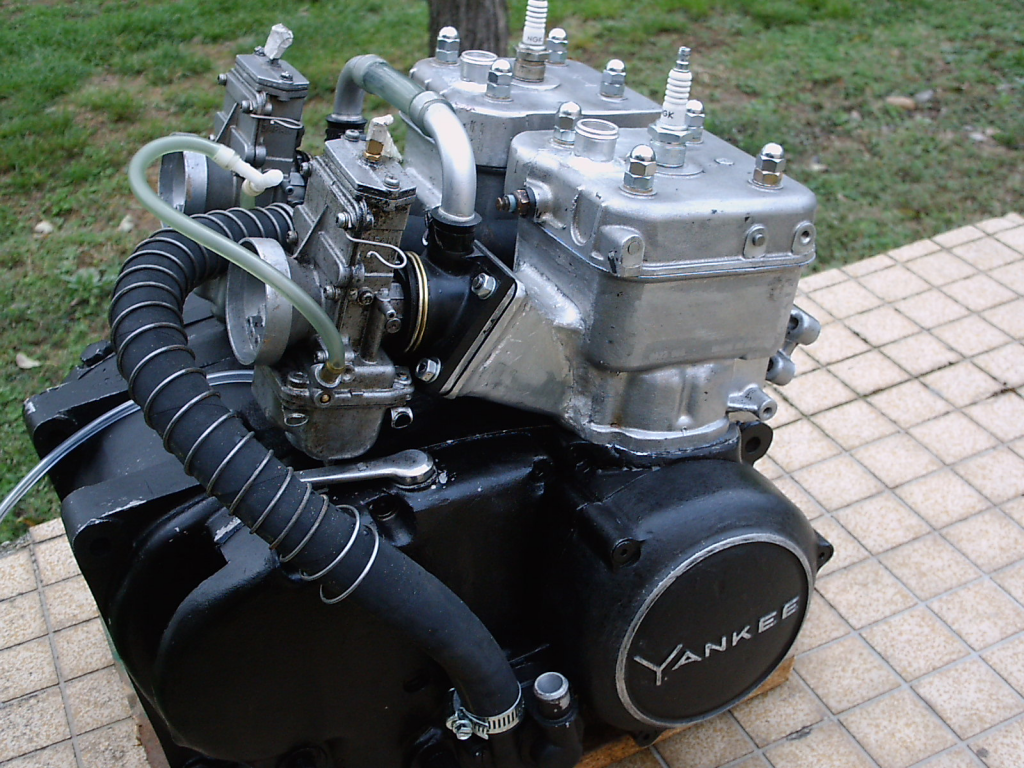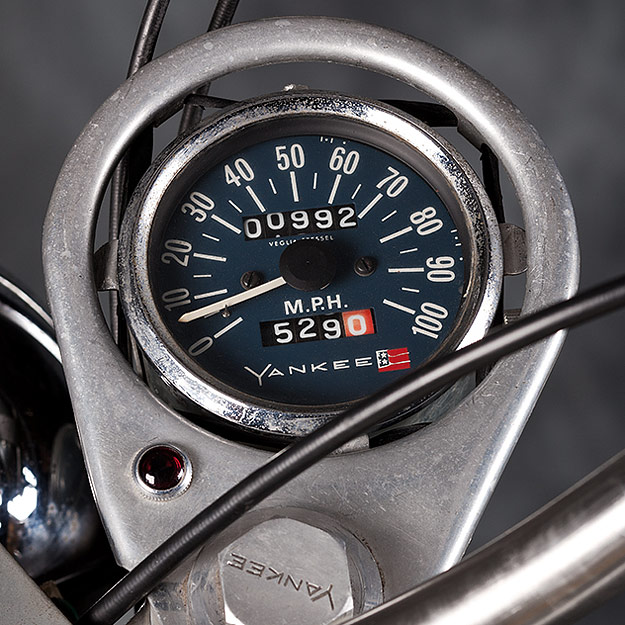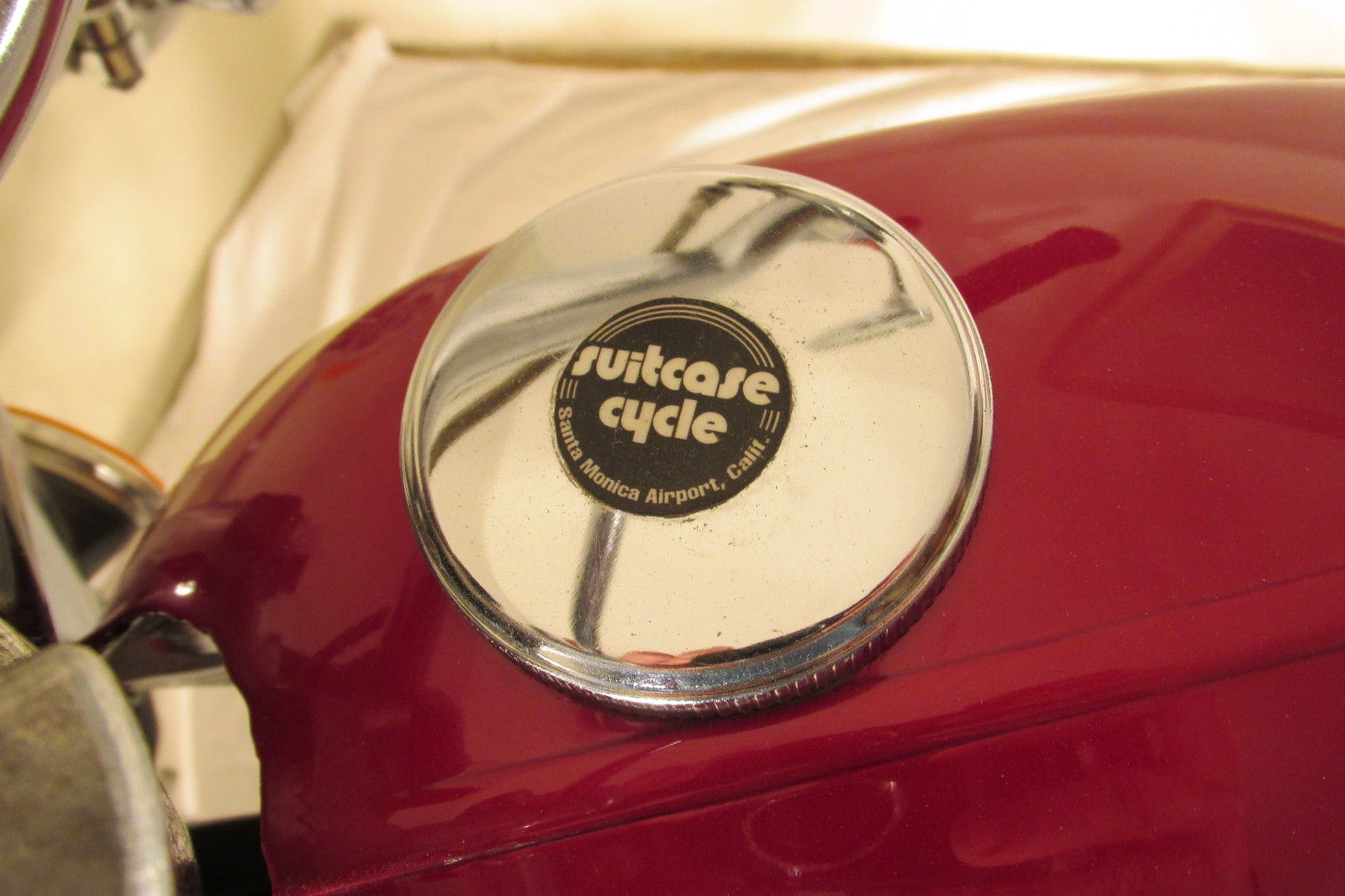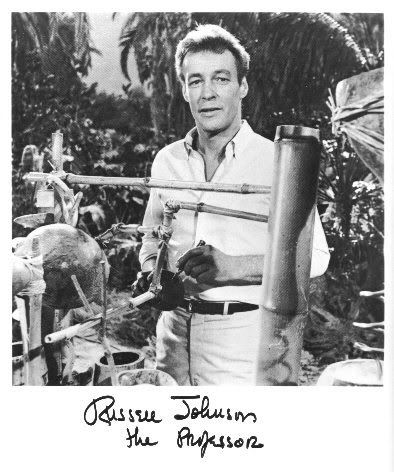

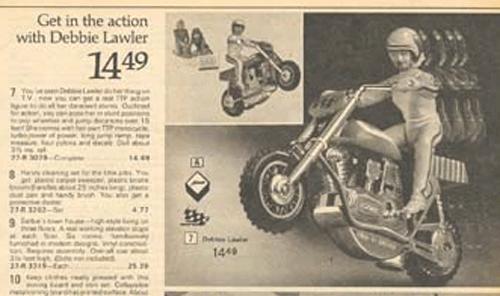



"The Queen of the Motorcycle Jumpers", Debbie Lawler, jumps her Suzuki 76 feet over a line of parked cars at the Beeline Dragway in Phoenix, Arizona.
Debbie Lawler, a.k.a. "The Flying Angel", was one of the most prolific female motorcycle jumpers of all-time. With her blue-and-white helmet, lucky orange bra, and pink hearts sewn all over her baby-blue leathers, she was the third most-popular motorcycle jumper of her era, following Evel Knievel and Super Joe Einhorn. Mind you, a very small percentage of motorcycle jumpers are women, but that by no means takes anything away from Debbie's accomplishments.
On February 3, 1974, ABC's Wide World of Sports was at the Houston Astrodome to tape the National Championship Indoor Motorcycle Race, and to also cover Debbie's jump. The 21-year-old earned her biggest exposure to date as she bettered Evel Knievel's indoor record for jump distance. Her 101-foot leap over 16 Chevy pickups earns her a spot in the Guinness Book of World Records.
That was it, Debbie was a sensation. She appeared on the TV game show "What's My Line?" and in print ads for Eagle Tires. In response to Ideal's successful Evel Knievel toys, Kenner released the "Debbie Lawler Daredevil Jump Set," reasoning that girls would demand a line of stunt toys that they could identify with. The Debbie doll had a big pink heart on her white helmet, with her golden plastic mane flowing out over her white jumpsuit. Her bike was green, with shiny plastic faux-chrome machinery and another big pink heart emblazoned on the side.
The toy's packaging depicted a small girl at the helm of the wind-up crankcase that made little Debbie's motorcycle go. The back of the toy's box illustrated "Wild Rider Action!", eight positions that Debbie could be mounted on the cycle.
What more could a girl want.


